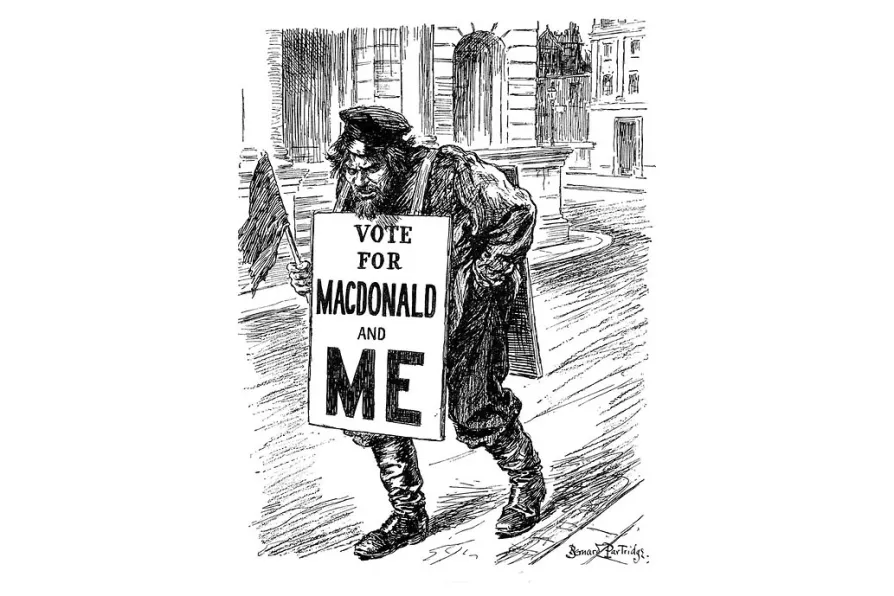1943-2025: How one man’s unfinished work reveals the lethal lie of ‘colour-blind’ medicine

 A cartoon in the satirical magazine Punch after the letter was released depicts a caricatured Bolshevik calling for a Labour vote
A cartoon in the satirical magazine Punch after the letter was released depicts a caricatured Bolshevik calling for a Labour vote
THE first Labour government was a minority government and lasted just nine months. Was it the product of a cunning Tory-Liberal plot or a wise decision by Labour to prove that it was “fit to govern?”
Against a background of post-war political and economic dislocation, Stanley Baldwin, the Tory prime minister, decided to call a snap election in December 1923.
The crisis facing Britain’s staple industries (coal, cotton and engineering), the impact of the Russian Revolution and a massive strike wave presented major problems for the ruling class and its political representatives (Tories and Liberals) in Parliament.

STEPHEN ARNELL examines whether Starmer is a canny strategist playing a longer game or heading for MacDonald’s Great Betrayal, tracing parallels between today’s rightward drift and the 1931 crisis

PHIL KATZ describes the unity of the home front and the war front in a People’s War












